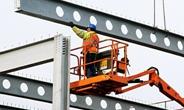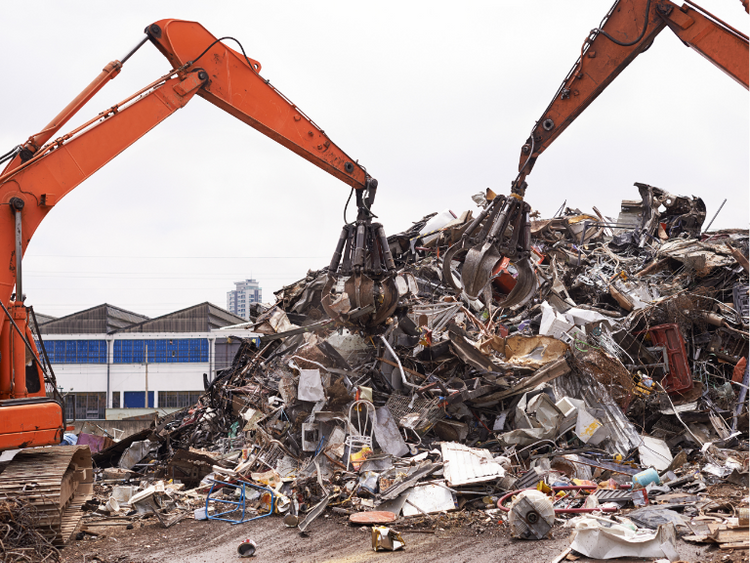Analysis

November 29, 2017
AGC Urges Changes to Tax Reform Bill to Sustain Construction Growth
Written by Sandy Williams
Construction employment increased in 243 out of 358 metro areas between October 2016 and October 2017, declined in 59 and stagnated in 56, according to a new analysis of federal employment data released by the Associated General Contractors of America.
“Growing demand, especially from the private sector, is continuing to drive construction employment gains in many parts of the country,” said Ken Simonson, the association’s chief economist. “The tax reform proposals now being debated in Washington can do even more to help ensure that metro areas will continue to add new construction jobs.”
Association officials said there was still time to improve the tax reform measure, noting that Senators have an opportunity to make improvements to the proposal. In particular, they urged Senators to set the final tax rate for pass-through businesses at a comparable level to the rate for corporations. And they urged Senators to boost infrastructure funding.
“Lowering the tax burden on many small and medium-sized employers and including new infrastructure funding will bring immediate and widespread benefits to local economies across the country,” said Stephen E. Sandherr, the association’s chief executive officer. “That is why the construction employers and workers our association represents are committed to helping ensure any final tax reform measure actually helps support continued construction job growth.”
Riverside-San Bernardino-Ontario, Calif., added the most construction jobs during the past year (14,700 jobs, 15 percent), followed by Las Vegas-Henderson-Paradise, Nev. (10,500 jobs, 18 percent); New York City, N.Y. (10,100 jobs, 7 percent); Portland-Vancouver-Hillsboro, Ore.-Wash. (8,000 jobs, 12 percent) and Los Angeles-Long Beach-Glendale, Calif. (7,500 jobs, 6 percent). The largest percentage gains occurred in the Cheyenne, Wyo., metro area (24 percent, 800 jobs) followed by Las Vegas; Killeen-Temple, Texas (16 percent, 1,600 jobs); and Lake Charles, La. (16 percent, 3,600 jobs).
The largest job losses from October 2016 to October 2017 were in Houston-The Woodlands-Sugar Land, Texas (-7,900 jobs, -4 percent), followed by Columbia, S.C. (-3,100 jobs, -18 percent); Kansas City, Mo. (-3,000 jobs, -11 percent); Middlesex-Monmouth-Ocean, N.J. (-2,300 jobs, -6 percent) and San Jose-Sunnyvale-Santa Clara, Calif. (-2,100 jobs, -4 percent). The largest percentage decreases for the year were in Grand Forks, N.D.-Minn. (-25 percent, -1,200 jobs) followed by Columbia, S.C.; Eau Claire, Wis. (-11 percent, -400 jobs) and Kansas City, Mo. (-11 percent, -3,000 jobs).







